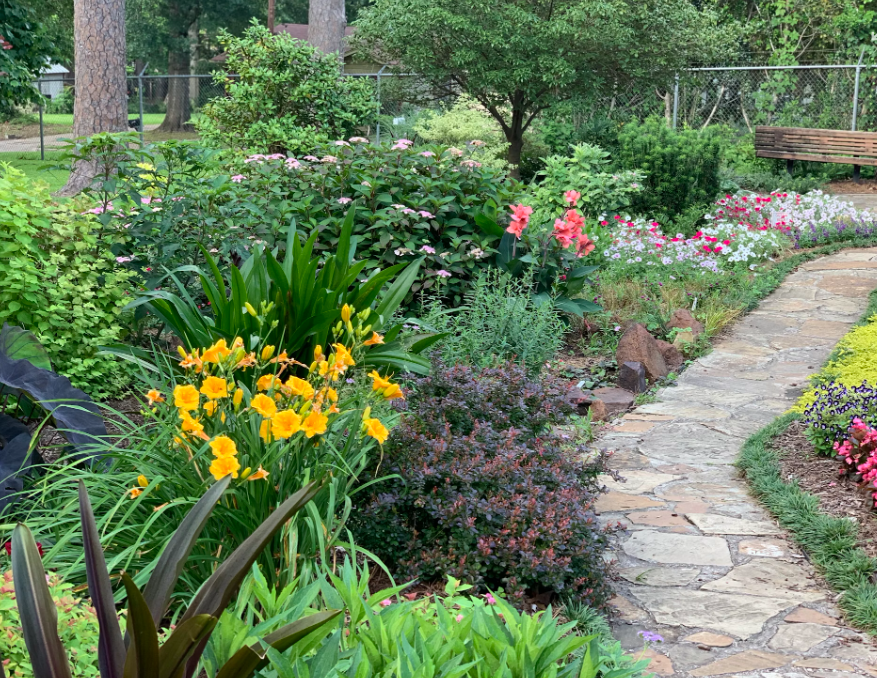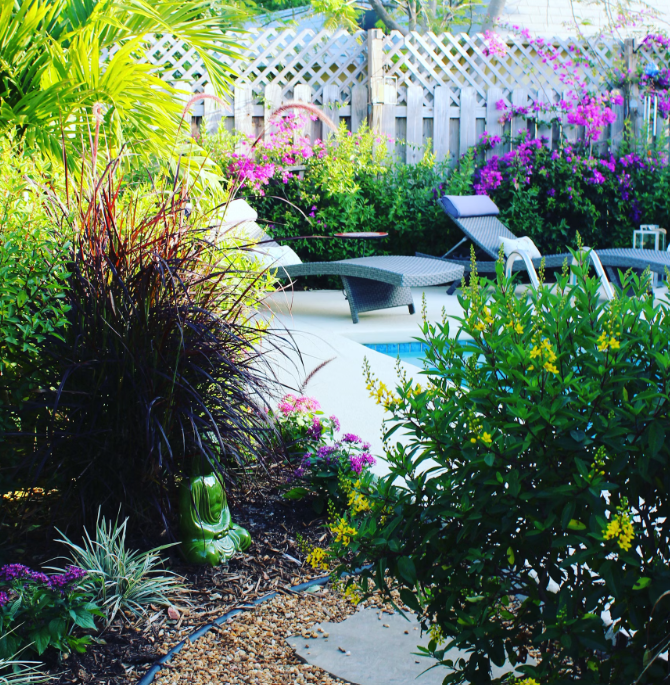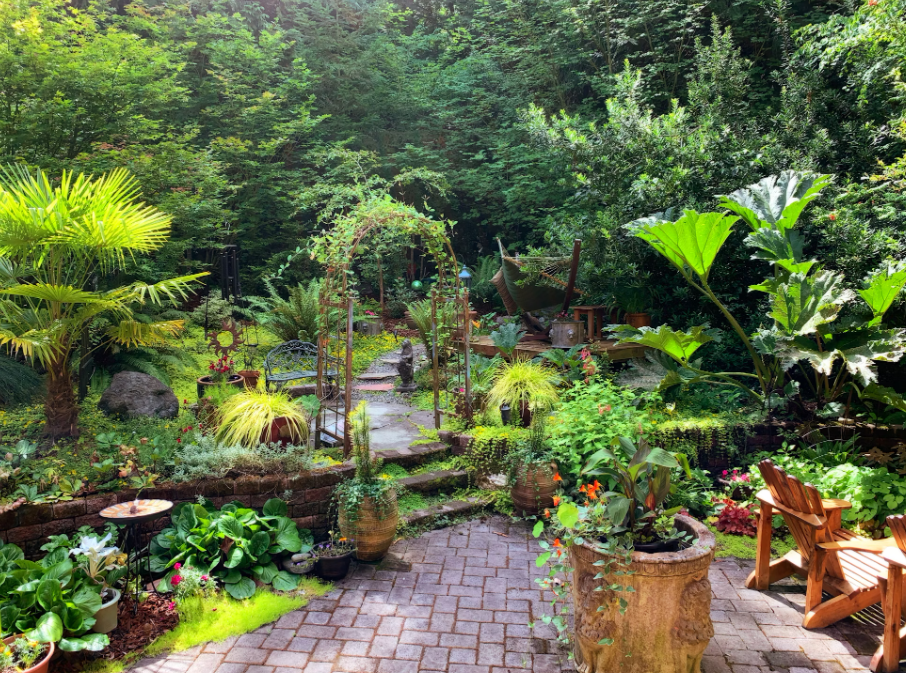Creating a beautiful and low-maintenance landscape is a dream for many homeowners, especially those with busy schedules. A well-designed outdoor space can provide a serene retreat and enhance the curb appeal of your home without requiring constant upkeep. Here are some practical tips to help you design a low-maintenance landscape design that will save you time, effort, and money.
1. Choose the Right Plants
One of the most important aspects of creating a low-maintenance landscape is selecting the right plants. Opt for native plants that are well-adapted to your local climate and soil conditions. Native plants generally require less water, fertilizer, and pest control, making them an excellent choice for busy homeowners. Drought-tolerant plants, such as succulents and ornamental grasses, can also reduce the need for frequent watering.
Tips for Plant Selection
- Use perennials: Perennialsreturn year after year, reducing the need for replanting.
- Group plants by water needs: This practice, known as hydrozoning, ensures that plants with similar watering requirements are grouped together, making irrigation more efficient.
- Choose low-maintenance trees and shrubs: Trees and shrubs that are slow-growing or have a natural form that doesn’t require frequent pruning are ideal.
2. Mulch for Weed Control and Moisture Retention
Mulching is a simple yet effective way to reduce landscape maintenance. A layer of mulch helps retain soil moisture, suppress weeds, and regulate soil temperature. Organic mulches, such as wood chips, bark, or compost, also improve soil fertility as they decompose.
Benefits of Mulching
- Weed suppression: Mulch blocks sunlight, preventing weed seeds from germinating.
- Water conservation: Mulch reduces evaporation, helping the soil retain moisture.
- Soil improvement: As organic mulch decomposes, it adds nutrients to the soil.

3. Install a Smart Irrigation System
A smart irrigation system can significantly reduce the time and effort required to water your landscape. These systems use weather data and soil moisture sensors to adjust watering schedules automatically, ensuring your plants receive the right amount of water without waste.
Features of Smart Irrigation Systems
– Weather-based adjustments: The system adapts to weather conditions, reducing water usage during rainy periods.
– Soil moisture sensors: These sensors ensure plants are watered only when needed, preventing overwatering.
– Remote control: Many smart irrigation systems can be controlled via a smartphone app, allowing you to adjust settings from anywhere.
4. Incorporate Hardscaping Elements
Hardscaping involves using non-plant elements, such as stone, wood, and concrete, to create functional and decorative features in your landscape. Patios, walkways, and retaining walls are examples of hardscaping elements that can enhance your outdoor space while reducing the amount of area that requires regular maintenance.
Advantages of Hardscaping
- Low maintenance: Hardscaping elements require little to no upkeep compared to living plants.
- Durability: Materials like stone and concrete are long-lasting and can withstand harsh weather conditions.
- Functionality: Hardscaping can provide practical benefits, such as soil erosioncontrol and improved drainage.

5. Simplify Lawn Care
Lawns can be one of the most labor-intensive parts of a landscape. To reduce maintenance, consider minimizing the size of your lawn or replacing traditional grass with low-maintenance alternatives.
Low-Maintenance Lawn Alternatives
- Groundcovers: Plants like clover, thyme, and creeping juniper can create a lush, green carpet that requires less mowing and watering.
- Artificial turf: Synthetic grass provides a low-maintenance, evergreen lawn without the need for watering, mowing, or fertilizing.
- Ornamental grasses: These grasses require minimal care and can add texture and movement to your landscape.
6. Use Container Gardens
Container gardens are a versatile and low-maintenance way to add color and interest to your landscape. Containers can be moved and rearranged as needed, and they require less weeding and watering compared to traditional garden beds.
Benefits of Container Gardens
- Flexibility: Containers can be placed on patios, decks, and other hardscaped areas, reducing the amount of lawn and garden space to maintain.
- Control: Containers allow you to control soil qualityand moisture levels more easily.
- Accessibility: Raised containers are easier to reach, making them ideal for busy homeowners and those with mobility issues.
7. Opt for Low-Maintenance Ground Covers
Ground covers are plants that spread across the ground, providing a dense mat of foliage that helps prevent weeds and erosion. Many ground covers require little to no mowing, making them a great low-maintenance option.
Popular Low-Maintenance Ground Covers
- Creeping thyme: This fragrant herb forms a dense mat and requires minimal care.
- Ajuga: Also known as bugleweed, ajuga spreads quickly and is tolerant of various soil conditions.
- Pachysandra: This evergreen ground cover thrives in shady areas and needs little maintenance.

8. Implement Xeriscaping Principles
Xeriscaping is a landscaping approach that focuses on water conservation through the use of drought-tolerant plants and efficient irrigation practices. By designing your landscape with xeriscaping principles, you can create a beautiful and sustainable outdoor space that requires minimal watering.
Key Principles of Xeriscaping
- Soil improvement: Enhancing soil with organic matterimproves water retention and plant health.
- Efficient irrigation: Drip irrigation and soaker hoses deliver water directly to the plant roots, reducing waste.
- Mulching: Mulch helps retain moisture and reduce water evaporation.
9. Create Defined Zones
Designing your landscape with defined zones can make maintenance more manageable. By creating separate areas for different functions, such as dining, lounging, and gardening, you can focus your efforts on maintaining smaller, more manageable sections of your landscape.
Tips for Creating Defined Zones
- Use hardscaping elements: Patios, walkways, and retaining walls can help define different areas of your landscape.
- Incorporate plants with similar needs: Grouping plants with similar water and light requirements in the same zone simplifies care.
- Add visual interest: Use different materials, colors, and textures to create distinct and visually appealing zones.

Create a Low-Maintenance Landscape with Help From Landscape Associates of CA
Ready to create a low-maintenance landscape that fits your busy lifestyle? Hire Landscape Associates of CA today for expert advice and professional landscape design and installation in San Jose, Los Gatos, Monte Sereno, and Saratoga.
Our team of professional landscape contractors in San Jose specializes in creating sustainable landscaping solutions that are not only beautiful but also easy to maintain. Whether you need tree trimming and pruning in San Jose or want a complete landscape renovation and makeover, we have the expertise to bring your vision to life.
Schedule a landscaping consultation in San Jose and transform your outdoor space with our comprehensive services. Contact us.